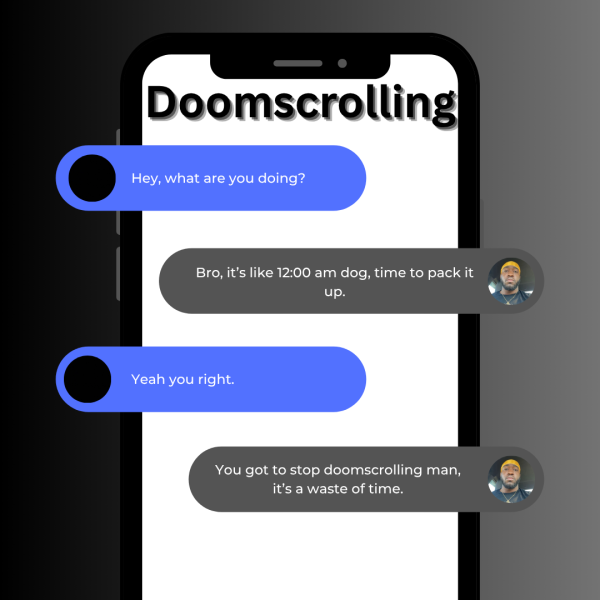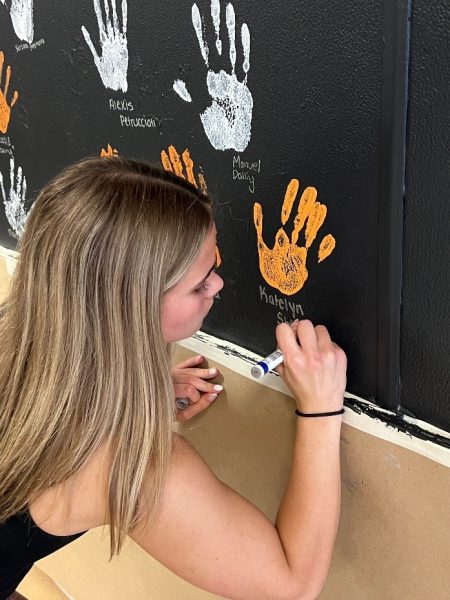America faces new disease
As Ebola travels from Africa to the U.S., public sifts through media frenzy to determine truth

First discovered in Africa, Ebola introduced itself to the United States in October, creating a culture of panic and fear around the country.
This rare and deadly disease is caused when an Ebola virus strand gets infected.There are five Ebola virus species that have been discovered: Ebola virus, Sudan virus, Tai Forest virus, Bundibugyo virus and the Reston virus. These viruses are most commonly found in African countries.
While the media presents 24-hour coverage of the outbreak in the U.S., students are left wondering, what does this have to do with me? The word “Ebola” elicits a collection of reactions.
“[When I hear “Ebola”] I usually think of a disease like the swine flu or bird flu,”freshman Sanja Todorobik said, “or something that will go away.”
Ebola was first discovered near the Ebola River in 1976. The cause of the virus is still unknown, although scientists believe the virus is animal-borne.
Ebola is a communicable disease, spread through bodily fluids, infected fruit bats, primates, and objects contaminated with the disease.
The virus was introduced in the U.S. by a doctor who previously treating infected patients in Africa. The spread of the disease occurred when doctors and nurses were exposed to infected patients without wearing the right protection.
As of Nov. 17,the Centers for Disease Control and Prevention (CDC) had reported ten cases of Ebola in the United States. The first person to test positive for Ebola was Thomas Eric Duncan, who traveled to Dallas, Texas from Liberia. Duncan didn’t show any signs of the virus until four days after arriving in Texas.
Those who had been around Duncan during that time period were monitored for symptoms for 21 days. Duncan was treated at the Texas Presbyterian Hospital, but later passed away on Oct. 8. A second patient, Dr. Martin Salia, died on Nov. 17 at the Nebraska Medical Center.
“It’s unsettling,” medical health teacher Melissa Rice said. “We have a disease that hasn’t been on U.S. soil and has made its way here.”
Other cases of Ebola have been discovered in health care workers who had been treating patients who showed signs or tested positive for the virus. Most of these workers have been cleared from the hospital, or are still undergoing treatment.
Although the media suggests that Ebola is cause for panic, the chances of contracting the disease are slim.
“We have a better chance of dying from the flu,” Rice said. “Ebola is new to us, but it’s not going to spread all over the United States.”
Following Duncan’s death, hospital protocols have been altered to better train medical professionals on how to handle Ebola patients. At school, teachers like Rice have been informing students about Ebola. Rice had a unique opportunity to educate students on the topic, while also advising them how the media can over exaggerate.
“My advice,” Rice said, “is don’t always buy into the media’s knowledge.”
Television and newspaper reporters are not solely responsible for the panic, however. Instant news sites like Twitter allow anyone to contribute, and on these sites, there are no fact checkers, and no editors to reign in misinformation.
“It’s the product of the interconnected world,” principal Tom Lietz said. “The benefits we gain from it are many but there are going to be costs.”










